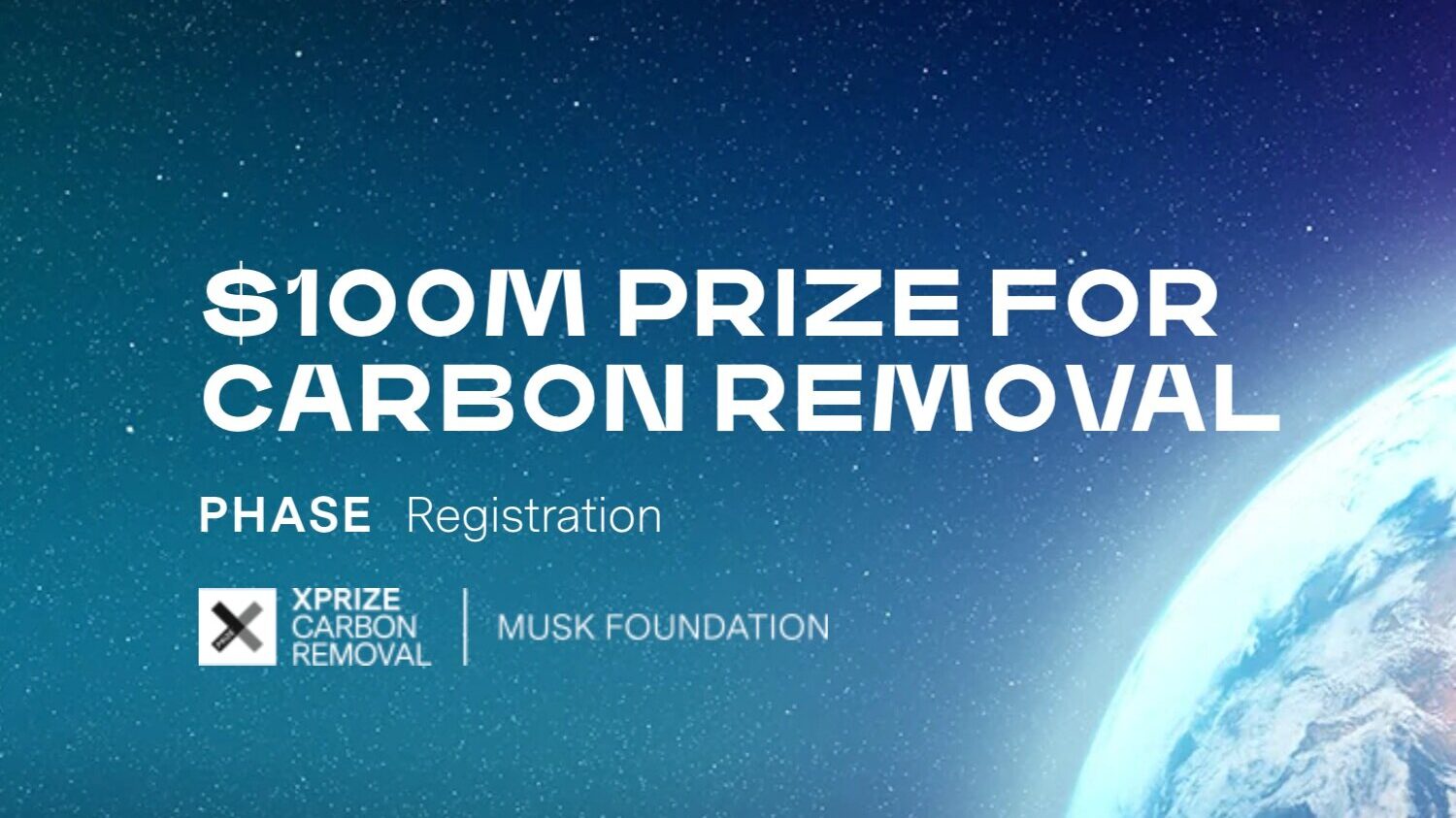Carbon Dioxide Removal (CDR) is defined as “capturing CO₂ from the atmosphere and storing it away for decades to millennia”. CO2 can be stored:
- On land – see the Yarra Yarra Biodiversity Corridor in Australia;
- In the ocean – WhaleX is a new pilot that aims to mimic what whales have done for millennia and boost phytoplankton growth;
- In geological formations (certain types of rocks) – here in Aotearoa, Aspiring Materials converts olivine rock into a CO2 sequestering material;
- In products – CarbonCure creates carbon removal technologies that introduce recycled CO₂ into fresh concrete.
The State of Carbon Dioxide Removals was report released this January and is the first look at the amount of carbon that is being removed from our atmosphere each year globally. This report also predicts much more carbon will need to be removed if we are to meet the ‘Paris Climate Goal’ (to our delight a global initiative proposed by Science Based Targets is to no longer accept ‘well below 2°C’ targets…and we totally agree targets must align with 1.5°C).
Cleaning up the atmosphere is no small feat, it requires urgent action, policy, science-based research and of course investment. CDR is nothing new but is increasingly becoming a large focus as more countries pledge “net-zero” targets. You can read Aotearoa’s emission reduction plan here.
First and foremost we need to reduce the amount of emissions being released. Rapidly! Science tells us we need to halve emissions every decade while also removing carbon from the atmosphere. But looking at current estimates, how big is the ‘gap’ between what countries around the world have pledged and what truly needs to be done?
The Gap
Aside from the deep cut of emissions needed, the upscaling of CDR is essential. Over 120 countries have net-zero emissions pledges which is fantastic, but these targets imply the use of CDR to neutralise the “unavoidable emissions” and truly be net-zero. Yet, looking at the graph below we can see the gap between the countries proposed levels of CDR (shown in the grey) and how much more is needed to meet 2030 and 2050 scenarios (shown in orange with arrow).

“To limit global warming to less than 2°Cs, the report estimates that by 2030, the world will need to remove a further 0.96 billion tonnes of carbon dioxide each year, compared with 2020. As it stands, governments worldwide have proposed an increase of between 0.1 billion and 0.65 billion tonnes.” (Source: Miryam Naddaf- Nature, 2023).
We are used to seeing most of the information that comes out in these types of reports as extremely dire and we promise we are not trying to cause you more eco-anxiety, but these are the scenarios we need to be aware of.
The good news is, we are aware of it.
We know what needs to be done and the interest in this area is rapidly growing. Scientific literature, innovation and public knowledge are all expanding. Even online we see this as:
- An increase in peer-reviewed scientific literature on CDR which now consists of over 28,000 English-language studies

- Investments in new CDR capacity totalling approximately $200 million from 2020 to 2022

- Positive discussion of CDR on Twitter is getting more attention than Climate Change in general, especially nature-based solutions like reforestation

So the conversations are there, now CDR needs to be scaled to meet that gap. The best ways to achieve this scale include:
- Increase funding in areas of research and development
- Set clear standards and methodologies to certify removals and prove legitimacy (if you haven’t heard the news about VERA have a read of The Guardian’s investigation)
- Encourage the growth of current CDR with incentives
- Ensure your policy bridges the gap, you want to remove more than you emit to be truly net-zero
- Get people on board, encourage public support and ensure projects are equitable.
So, what does this mean for you? Being aware of your own emissions is always a good idea, there are plenty of online tools to help calculate your personal carbon footprint such as FutureFit. Businesses, households and individuals can all join the effort to help CDR locally and globally. You can begin by joining the conversations on social media (#carbondioxideremoval) and doing research on the topic. Or if you prefer to get your hands dirty we encourage you to get out there and support some reforestation, even from your own yard with Trees that Count.
As many CDR projects are taking off, it is expected to grow rapidly over the coming years. Technologies are being piloted all around the world, as businesses and countries scale their collaborative efforts to address climate change.
Written by Alix McKenzie, Emissions Consultant at Go Well Consulting
Green Fern image by Rifqi Ramandhan from Pexels

